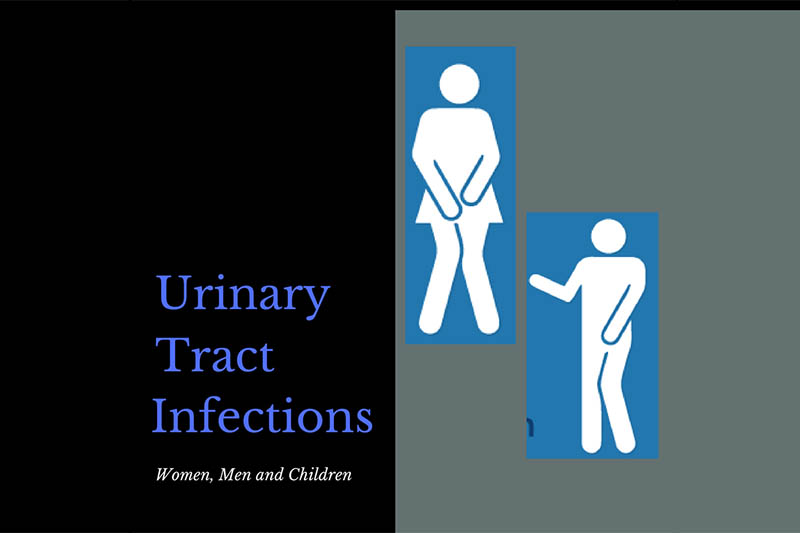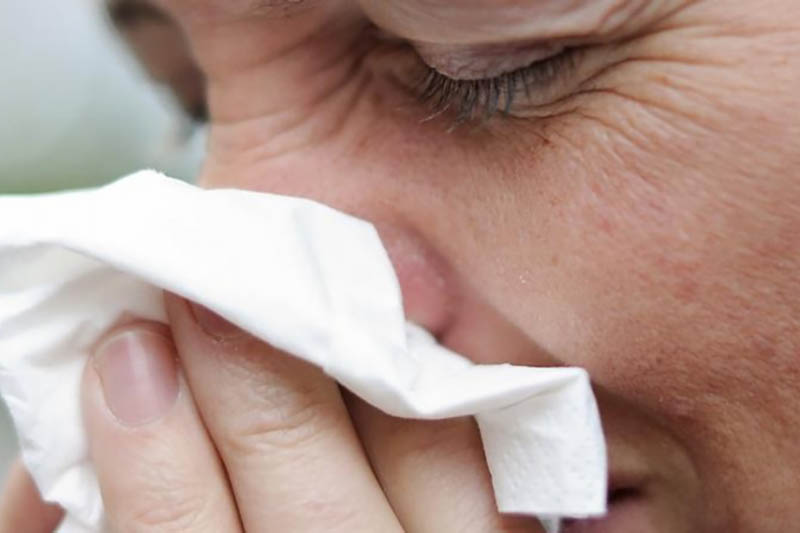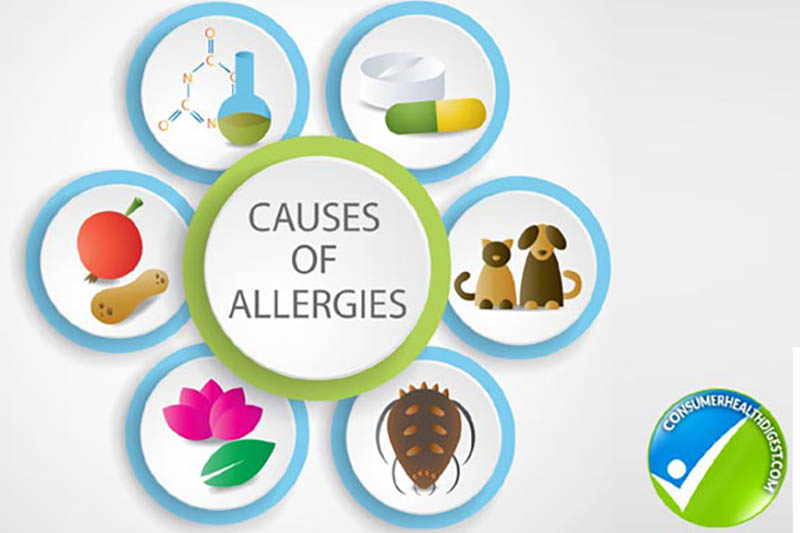
What are UTI’s? Urinary Tract Infections
Do you… Frequently or urgently need to urinate Often only pass small amounts of urine Have Pain or burning sensation when urinating These can be symptoms of urinary tract infections. There

Allergies occur when a person’s immune system reacts to substances (allergens) that are harmless for most people. When an individual with allergies comes into contact with an allergen, it enters the body, triggering an antibody response where the antibodies attach themselves to ‘Mast cells’. These cells then release chemicals, most importantly histamine, which mistakenly ‘attack’ the allergen, resulting in swelling and inflammation.
Anaphylaxis occurs when a person suffers a severe allergic reaction that is potentially life-threatening. It is treated as a medical emergency and requires immediate treatment. It often involves more than one body system, for example, the skin, the respiratory system, gastrointestinal system, and heart may be affected at one time. The most common triggers of anaphylaxis are food allergies, bites and stings, and medications. Anaphylaxis can cause facial swelling, swollen tongue, swollen throat, reddening of the skin, difficulty breathing, hives, abdominal pain, vomiting, wheezing, unconsciousness, and drop in blood pressure. A dose of epinephrine (adrenaline) via injection is usually required, and people with severe allergies must carry around an EpiPen.


Do you… Frequently or urgently need to urinate Often only pass small amounts of urine Have Pain or burning sensation when urinating These can be symptoms of urinary tract infections. There
Disclaimer – Our intent is not to diagnosis but to offer information on therapy choices and practitioners. Information on this site is intended general educational purposes only. Any statements made are carefully referenced and any information, products or services discussed are not intended to diagnose, cure, treat or prevent any disease or illness. Please consult a healthcare practitioner before making a choice.